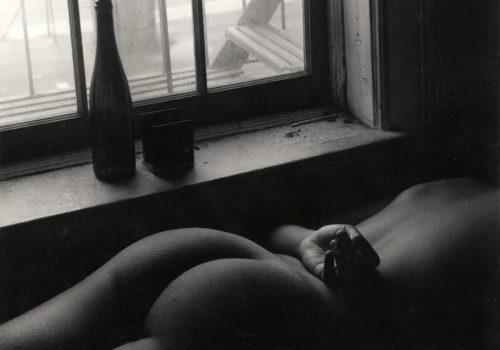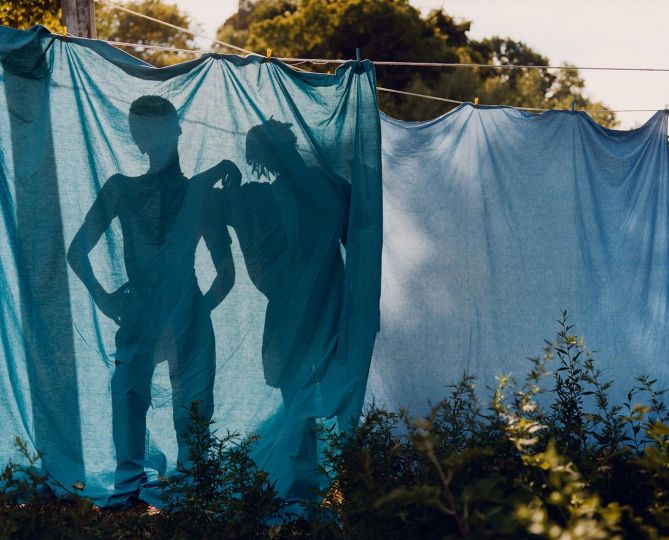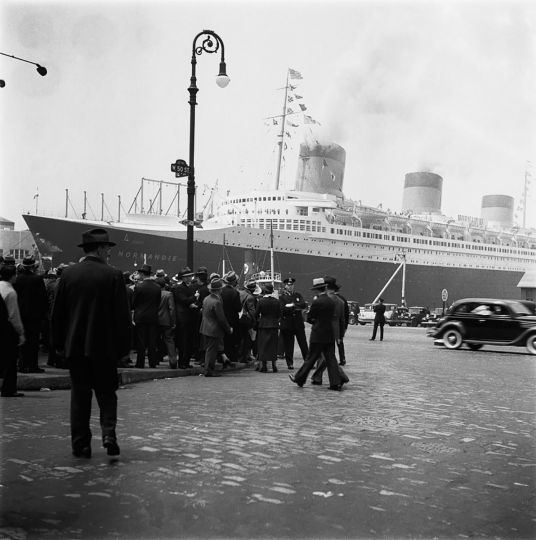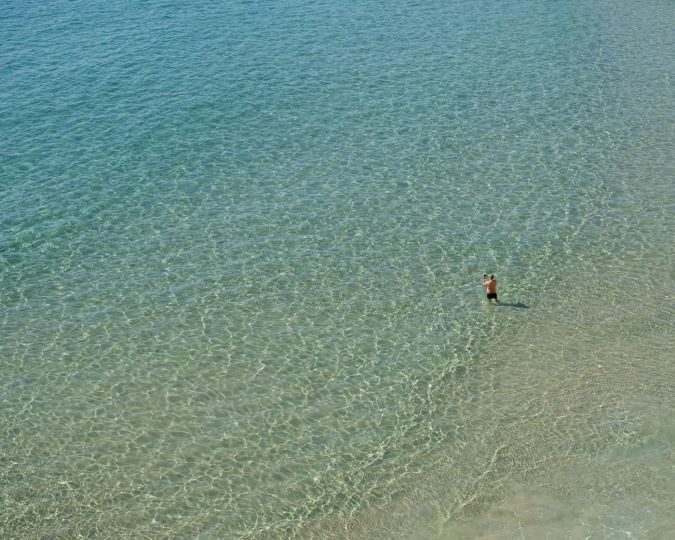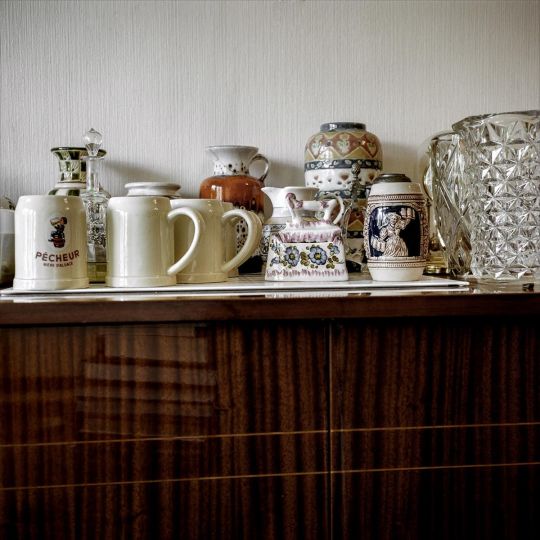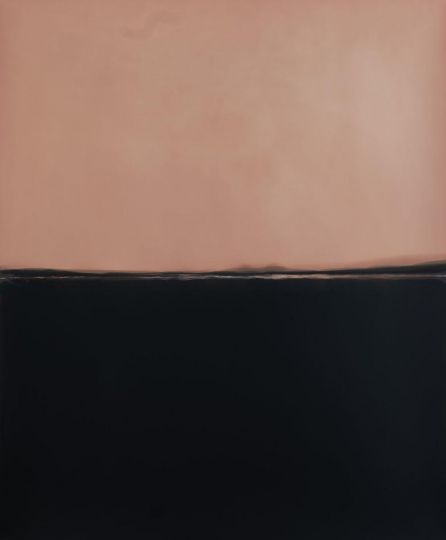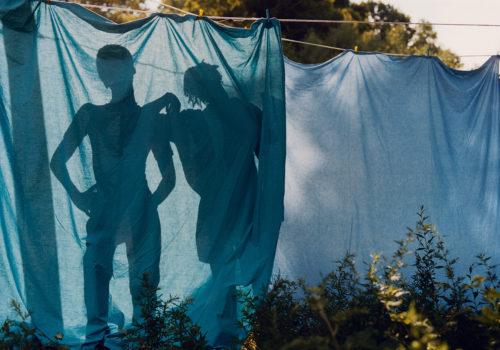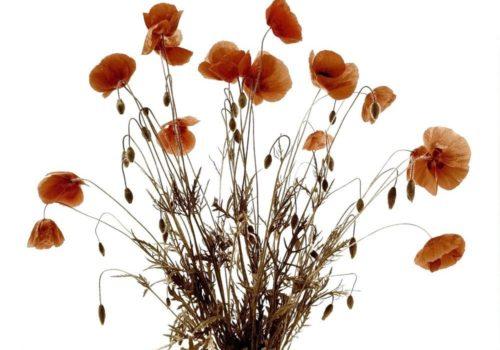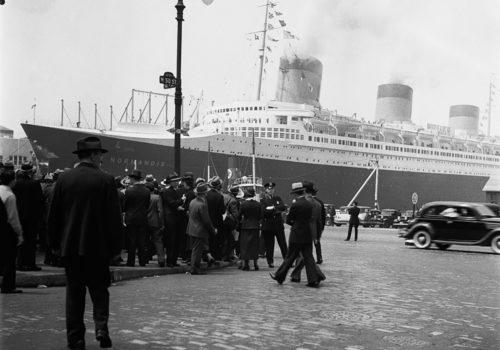Bruce Silverstein Gallery presents Waiting to be Seen: Illuminating the Photographs of Ray Francis, the first-ever exhibition of works by James Ray Francis. A photographer and educator who served as an editor of The Black Photographer’s Annual, Francis, alongside Louis Draper, was responsible for the early formation of The Kamoinge Workshop. Featuring a selection of over thirty never-before-seen early vintage prints taken between 1950-90, this exhibition considers the role of the camera and photography in creating a new black visual culture during a period characterized by activism and the struggle for equality. Questioning the monolithic canon of Western Art History, Ray Francis situates himself as having a rightful place within this lineage of greats, highlighting the complex, multidimensional qualities of the black artistic experience, one not limited to Western perceptions of “black art.” Inspired by Johannes Vermeer, his work evokes the style of Dutch golden-age genre painting with a subtle interplay of light and shadow and balanced, careful compositions; Francis creates a sense of intimacy and narrative ambiguity in his photographs. Francis taught photography classes at Pratt Institute, Brooklyn, The Bedstuy Neighborhood Youth Corps, and was a Director of the Harlem School District, where he inspired a generation of young artists; his contributions to The Kamoinge Workshop and early interest in the reinterpretation of old masters can be seen as a precedent for the work of contemporary photographers like Yasumasa Morimura, Nina Katchadourian, and Carrie Mae Weems.
After receiving a twin-lens reflex camera for his fifteenth birthday in 1952, Ray Francis pursued photography and formed Group 35 with his black contemporaries in New York City, including Louis Draper, Herman Howard, and Earl James. At this time, Draper was also a member of the Kamoinge, and in 1963, with Francis’s suggestion, they combined their collectives to form The Kamoinge Workshop, a collective of Black photographers aimed at fostering community, support, and artistic development within the context of social and political change. Before the mid-20th century Civil Rights Movement and racial integration, the U.S. was marred by institutionalized racism. This era saw widespread racial inequality and media perpetuating harmful stereotypes and negative tropes of African Americans. Within The Kamoinge Workshop, these photographers were able to learn from their peers and take photographs that represented themselves, producing oppositional narratives of resistance that challenged white perceptions of blackness while creating pictorial genealogies for generations to come.
As an early president of the Kamoinge, Francis would host meetings at his home, where the members would discuss photography, share meals, and listen to music. In the summer of 1968, Francis and Draper taught a class for Pratt Institute’s “Campaign Culture” program in Brooklyn, and from 1967-69, Francis taught a photography class at the Bedford-Stuyvesant Neighborhood Youth Corps and joined the NYC Board of Education as a photographer for the Intermediate School (I.S.) 201. He would go on to serve as a director of the program from 1970-74. Since Ray Francis dedicated most of his time to arts education and the fact that there was very little non-commercial interest in photographs by black artists, he produced few photographs.
Although Francis saw the camera and photography as a powerful tool of social activism, his personal photographs offer a more intimate perspective. Focusing on aestheticized portraits and experimenting with composition and light, Francis’ photographs reveal his passion for art history and reflect his meticulous attention to detail. These photographs are imbued with a sense of ambiguity, often inviting viewer interpretation. In one image, Genie, 1971, a woman is pictured sitting at a round table. Her body is fixed in a state of contemplation; she avoids the photographer’s gaze and instead looks toward the still life on the table. The composition of the image, with the table extending towards the bottom of the frame, suggests participation: we are standing across from her, looking at her from above.
Ray Francis’ work can be found in the collections of the Museum of Modern Art, New York; the Virginia Museum of Fine Arts; the Schomburg Collection, New York; and The J. Paul Getty Museum, California.
“Ray Francis championed the Kamoinge Workshop as a fine art collective at a time when photography was seen as a lesser form; it was Ray who, through his knowledge and generosity, allowed us to see ourselves and our work as “art” within the realm of the masters in Western art history.” – Herb Robinson, member of the Kamoinge Workshop.
Waiting to be Seen : Illuminating the Photographs of Ray Francis
February 1, 2024 – March 23, 2024
Bruce Silverstein Gallery
529 W 20th St.
New York, NY 10011
www.brucesilverstein.com

